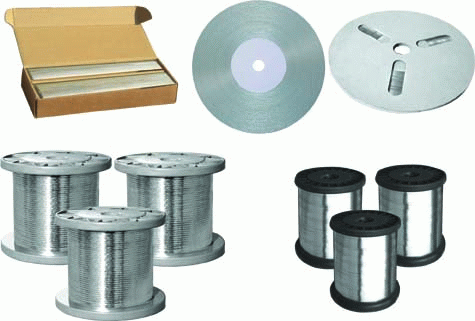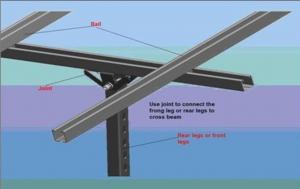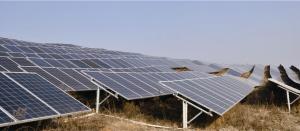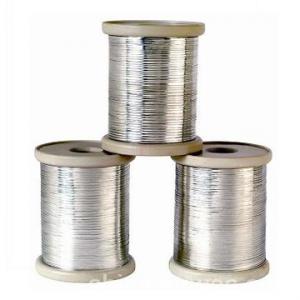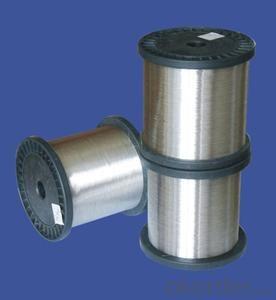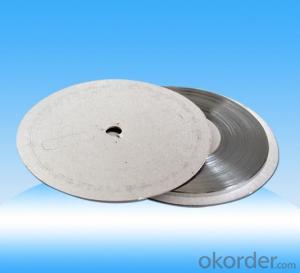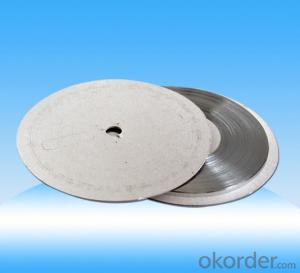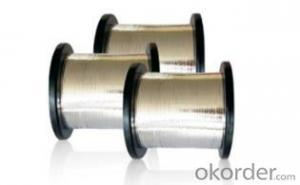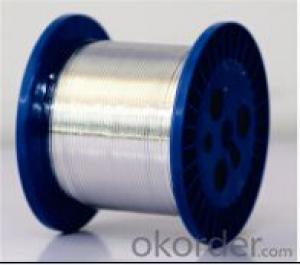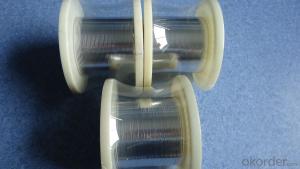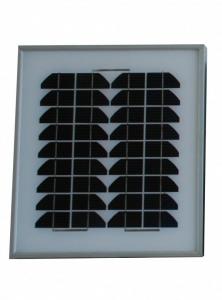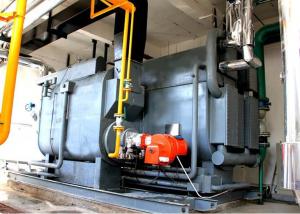Bus Ribbon -Manual Welding,TU1
- Loading Port:
- China Main Port
- Payment Terms:
- TT or LC
- Min Order Qty:
- -
- Supply Capability:
- -
OKorder Service Pledge
OKorder Financial Service
You Might Also Like
Structure
We produce custom engineered solar tabbing and bus wire helping to attain the highest efficiencies possible for each unique module design. Our Research and Development team can assist you with your needs evaluation and our world-wide manufacturing facilities are strategically located for large volume production.
Feature
The Flux should be compounded and processed in such a manner as to be uniform in quality and should be free from deleterious material and other details that will after life serviceability or appearance.
Cold Rolling Mills for manufacturing Photovoltaic (PV) Ribbon:
Cold Rolling Mills for manufacturing Photovoltaic Ribbon
This machine is for making Bare flat copper conductors which is using PV Ribbon Wire , Tinned plated flat copper conductors which is using FFC or materials and it was designed to make the best quality products with high productivity as well as easy to control.
Machine capacity
Tinned plated flat copper conductors which is using FFC
Images
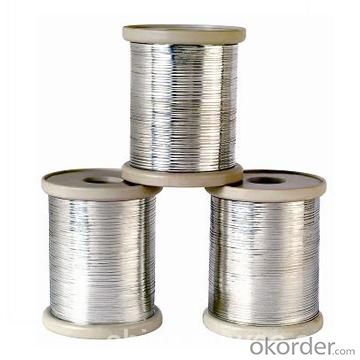
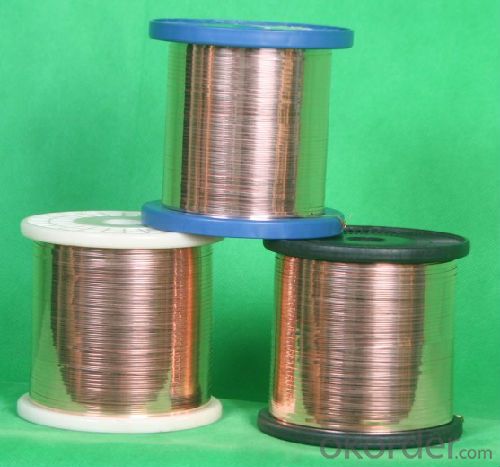
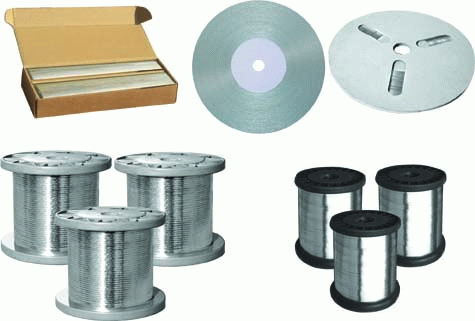
Specifications
Product Description
Mechanical Property:
1,Elongation: E-Soft≥20% U-Soft≥15%
2,Tensile strength:≥170MPa
3,Side camber: L≤3mm/1000mm
4,Soldering tin melting point: 180−230°c
Electrical Resistivity of Copper:
TU1≤0.0618 Ω • m m2/m; T2≤0.01724 Ω•m m2/m
Core Copper of TU1 Off-Cu :
1,Copper Purity 9≥9.97%, Oxygen≤10ppm
2,Resistivity:ρ20≤0.017241Ω • m m2/m
Electrical Resistivity of Ribbon:
(2.1−2.5)X10-2 • mm2/m
Plated Thickness:
15-25um per side
FAQ
Q:How to guarantee the quality of the products?
A:We have established the international advanced quality management system,every link from raw material to final product we have strict quality test;We resolutely put an end to unqualified products flowing into the market. At the same time, we will provide necessary follow-up service assurance.
Q:Can we visit your factory?
A:Surely, I will arrange the trip basing on your business schedule.
Q:Which payment terms can you accept?
A:T/T,L/C,Moneygram,Paypal are available for us.
- Q: What are the different types of solar energy systems?
- There are primarily three types of solar energy systems: solar thermal systems, photovoltaic (PV) systems, and concentrated solar power (CSP) systems. Solar thermal systems use sunlight to heat water or air for various applications such as heating homes or generating electricity. PV systems directly convert sunlight into electrical energy using solar panels, which can be used to power homes or businesses. CSP systems use mirrors or lenses to concentrate sunlight onto a receiver, which produces heat that can be used to generate electricity.
- Q: What is the role of tracking systems in maximizing solar cell efficiency?
- Tracking systems play a crucial role in maximizing solar cell efficiency by continuously adjusting the position of solar panels to optimize their exposure to sunlight. This ensures that the panels are always facing the sun at the optimal angle, resulting in increased energy capture and higher overall efficiency.
- Q: How does the efficiency of solar panels vary across different panel technologies?
- Solar panels can have varying levels of efficiency depending on the technology used. The market offers several types of solar panels, each with its own unique characteristics and efficiency levels. To begin with, monocrystalline solar panels are renowned for their high efficiency. These panels are constructed from a single crystal structure, resulting in a consistent appearance. Monocrystalline panels achieve the highest efficiency rates, typically ranging from 15% to 22%. The uniform crystal structure facilitates better electron flow, maximizing the conversion of sunlight into electricity. On the other hand, polycrystalline solar panels have lower efficiency when compared to monocrystalline panels. These panels are made from multiple silicon crystals, resulting in a less consistent appearance. Polycrystalline panels generally have an efficiency range of 13% to 16%. The presence of multiple crystals can hinder electron flow, resulting in a slightly lower conversion rate. Another type of solar panel technology is thin-film panels. Thin-film solar panels are created by depositing thin layers of photovoltaic material onto a substrate. These panels exhibit the lowest efficiency rates among the various technologies, typically ranging from 10% to 12%. However, thin-film panels possess the advantage of being lightweight, flexible, and less expensive to produce, making them suitable for certain applications where efficiency is not the primary concern. Additionally, there are emerging technologies such as bifacial solar panels and multi-junction solar cells. Bifacial panels have the ability to capture sunlight from both sides, thereby increasing their overall efficiency. Multi-junction solar cells utilize multiple layers of semiconductors to capture a wider spectrum of light, enabling higher efficiency levels. In conclusion, the efficiency of solar panels varies depending on the panel technology being used. Monocrystalline panels offer the highest efficiency, followed by polycrystalline panels and thin-film panels. Nevertheless, it is crucial to consider other factors such as cost, space availability, and specific application requirements when selecting the most suitable solar panel technology.
- Q: What is the maximum load power a solar controller can handle?
- The maximum load power a solar controller can handle depends on the specific model and its design specifications. Generally, solar controllers are designed to handle a range of load powers, typically up to several hundred watts. However, it is crucial to consult the manufacturer's specifications or user manual to determine the maximum load power capacity of a particular solar controller.
- Q: Can solar collectors be used for generating electricity on streetlights?
- Yes, solar collectors can be used for generating electricity on streetlights. Solar collectors, also known as solar panels or photovoltaic cells, convert sunlight into electrical energy. By installing solar panels on streetlights, they can harness the sun's energy during the day and use it to power the lights at night. This not only reduces the reliance on traditional electricity sources but also helps in conserving energy and reducing carbon emissions. Additionally, solar-powered streetlights can be more cost-effective in the long run as they eliminate the need for costly electrical infrastructure and ongoing electricity bills.
- Q: Can a solar mounting system be used in areas with limited access to solar publications?
- Yes, a solar mounting system can still be used in areas with limited access to solar publications. While access to solar publications can provide valuable information and guidance for installing and maintaining solar systems, it is not a strict requirement for installing a solar mounting system. Basic knowledge of solar energy and the assistance of experienced professionals can help overcome the limitations of limited access to solar publications.
- Q: Can solar lights be used for poolside lighting?
- Yes, solar lights can be used for poolside lighting. They are a great option as they are easy to install, energy-efficient, and do not require any wiring. Solar lights can enhance the ambiance around the pool and provide adequate lighting for safety during the night.
- Q: How do solar vacuum tubes compare to solar dish-engine systems?
- Solar vacuum tubes and solar dish-engine systems are both types of solar thermal technologies used to harness the power of the sun. However, they differ in terms of efficiency, cost, and application. Solar vacuum tubes are relatively simple and cost-effective systems that consist of a series of glass tubes containing a heat pipe or a metal absorber. These tubes absorb sunlight and convert it into thermal energy, which can be used for various purposes such as heating water or space. While vacuum tubes are efficient in capturing solar energy, they have a lower overall efficiency compared to dish-engine systems. On the other hand, solar dish-engine systems are more complex and expensive to install. They consist of a parabolic dish that concentrates sunlight onto a central receiver, typically a Stirling engine or a steam turbine. This concentrated solar energy is then converted into mechanical or electrical power. Dish-engine systems have a higher efficiency compared to vacuum tubes, making them suitable for large-scale power generation. In summary, solar vacuum tubes are more cost-effective and suitable for smaller-scale applications such as heating water, while solar dish-engine systems are more efficient but require higher upfront costs and are best suited for large-scale power generation. The choice between the two technologies depends on the specific needs and feasibility of the project.
- Q: Are solar inverters weather-resistant?
- Yes, solar inverters are designed to be weather-resistant. They are typically built with durable materials and sealed enclosures to protect them from various weather conditions such as rain, snow, and extreme temperatures. However, it is always recommended to consult the manufacturer's specifications and guidelines to ensure proper installation and maintenance for optimal performance and longevity.
- Q: What are the different types of solar panels?
- There are three main types of solar panels: monocrystalline, polycrystalline, and thin-film. Monocrystalline panels are made from a single crystal structure, making them highly efficient but also more expensive. Polycrystalline panels are made from multiple crystal structures, offering a slightly lower efficiency but a more affordable price. Thin-film panels are made by depositing a thin layer of semiconductor material onto a substrate, making them flexible and lightweight, but with lower efficiency compared to crystalline panels.
Send your message to us
Bus Ribbon -Manual Welding,TU1
- Loading Port:
- China Main Port
- Payment Terms:
- TT or LC
- Min Order Qty:
- -
- Supply Capability:
- -
OKorder Service Pledge
OKorder Financial Service
Similar products
Hot products
Hot Searches
Related keywords



